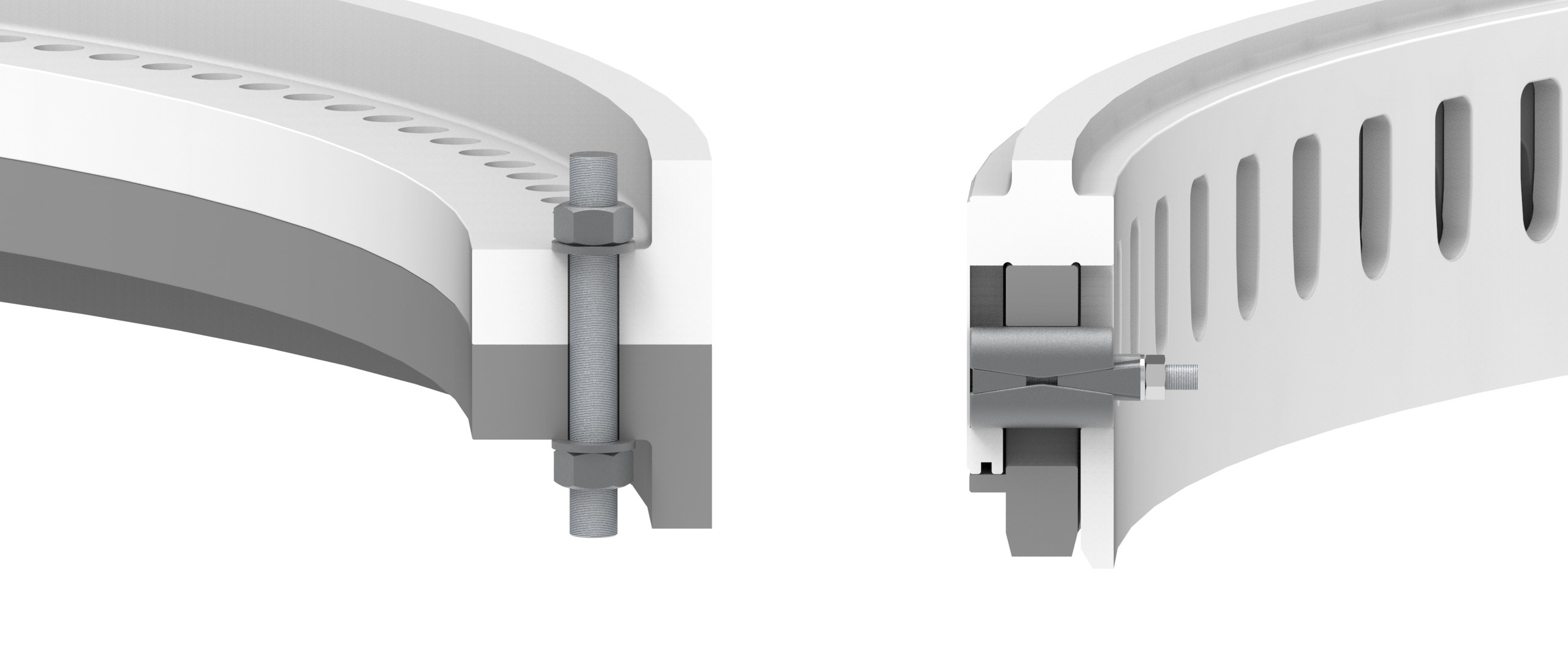Finite element
method
Finite Element Method
Finite Element Methods (FEM) are a great tool to solve engineering challenges. It can provide answers to stress, strain, and fatigue questions for complex constructions in static or dynamic loaded situations.
At HVR Engineering we have been using FEM since the early 1990s. We apply FEM for design verification and design optimization. We have specialized in fatigue, dynamic and non-linear FEA of existing constructions to explain certain behavior and we use the our experience to advice on design changes to increase performance.
Some of our skills
- Analysis of dynamically loaded constructions.
- Specialized in non-linear behavior (e.g. contacts, non-linear material models).
- Complex three-dimensional constructions & parts.
- Design verifications / optimizations.
- Fatigue lifetime calculations.

Know what to analyse
We believe that success of FE Analysis can only be achieved by having thorough knowledge of the operation of the construction being analyzed.
Our approach
With our experience of complex dynamic constructions we can tell you what can be done, but also what cannot be done or not accurately. ‘We have the tools and we know how to use them’.
When there is full understanding of a construction, decisions can be made as to which items and components are relevant for the behavior of the construction and which details and loadings can be left out to spare calculation time and costs.
The calculations carried out by HVR Engineering are used for design and development purposes, troubleshooting, but also for certification according to various standards. E.g. by Lloyds, DNV, Germanische Lloyds, etc.





